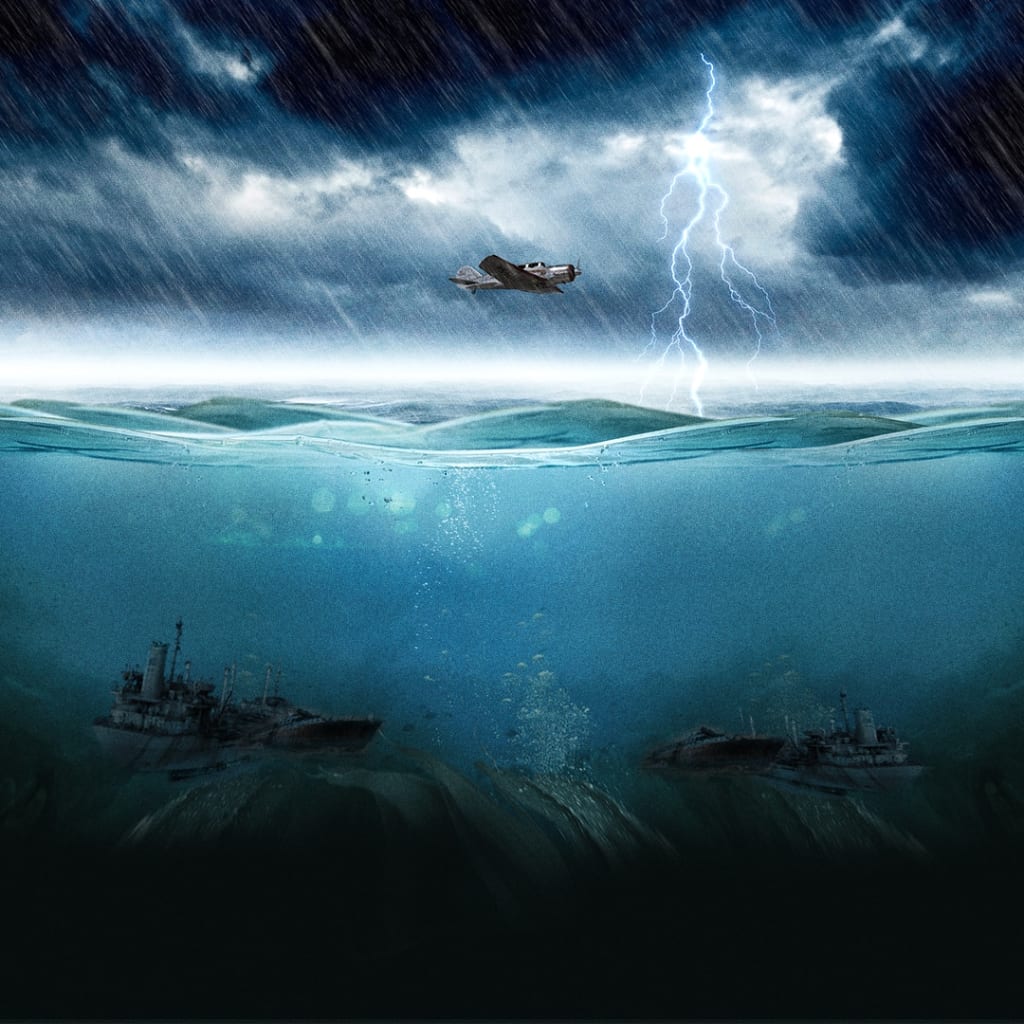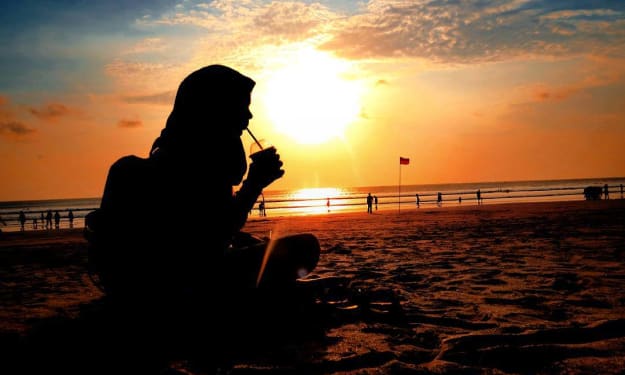Are We Making More Bermuda Triangles?
Are We Making More Bermuda Triangles?

There are few places on Earth that remain as shrouded in mystery as the Bermuda Triangle. Legend has it that Miami, Florida; San Juan, Puerto Rico; and the island of Bermuda form the points of a treacherous stretch of water. This area, spanning 1,300,000 to 3,900,000 square kilometers, is said to be the site of unexplained ship and plane disappearances. While these theories are unsubstantiated, the fear and mystery surrounding this patch of ocean must have come from somewhere.
It may be wrapped up in the ensnaring seaweeds that overrun the waters of the Bermuda Triangle. In fact, there is a ton of seaweed in a very real area of the Atlantic Ocean that the Bermuda Triangle overlaps with, called the Sargasso Sea.
The Sargasso Sea takes its name from its most enduring and iconic inhabitant: a type of free-floating, yellow seaweed called Sargassum. The Sargasso Sea is the only sea without a land border, sitting in the center of five constantly circling currents. This floating, golden rainforest can be a peaceful haven of biodiversity, providing an essential habitat, breeding ground, and food source for marine life.
However, the dense mats of Sargassum that make it a perfect habitat for aquatic wildlife can also make it a deadly trap for small boats. The seaweed meadow has been a source of fear to sailors for hundreds of years. Spanish sailors in the 1400s feared that the presence of Sargassum meant they were in shallow waters and would soon crash into the shore.
But what they didn't know is that the floating Sargassum found in the Sargasso Sea is unique among seaweed. It begins its life and reproduces on the high seas, unlike other seaweed which does so on the seafloor. This allows its golden tides to travel far and wide, recreating the dense seaweed forest of the Bermuda Triangle in new places.
Since the 1970s, Sargassum has been reaching farther than ever with unprecedented growth, spreading across the Atlantic to create more deadly traps. In 2011, a monstrous mass of Sargassum made its way across the Atlantic to the coasts of West Africa, causing food shortages in small villages that depended on fish. Researchers believe that this major shift may have been caused by human activity, as Sargassum mega-blooms feed on human sewage and agricultural runoff from rivers that flow into the ocean.
The Gulf of Mexico, where lots of Sargassum grows, receives 80% of its freshwater from the Mississippi and Atchafalaya rivers, which deliver a feast of nutrients to the seaweed. However, human activity, such as the use of synthetic fertilizers and sewage from urban areas, adds tons of nitrogen to these rivers, exacerbating the situation. This leads to eutrophication, where aquatic plants consume excess nutrients in the water to grow. In summary, human activity is making the Sargassum situation much worse.
About the Creator
Enjoyed the story? Support the Creator.
Subscribe for free to receive all their stories in your feed. You could also pledge your support or give them a one-off tip, letting them know you appreciate their work.





Comments
There are no comments for this story
Be the first to respond and start the conversation.